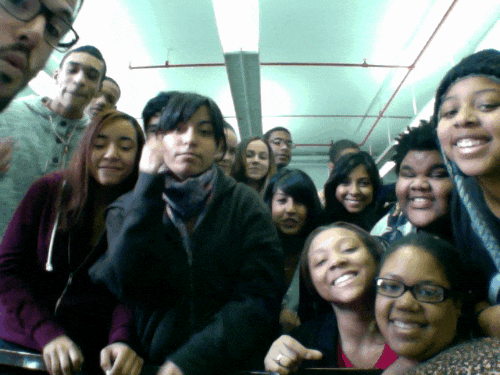High school education system in the United States is considered inefficient by just about everybody – explanations why it is so may differ from person to person, but the idea is that our schools don’t do their job right. Yet despite doom and gloom in most predictions, there are patches of sunlight – primarily in the form of so-called charter schools.
Charter schools come as a result of two-decade-long experiment aimed at further reformation of education system nationwide. So far their number is limited, but in some places, like Washington, D.C., they account for almost half of total number of students – quite enough to tell how this entire thing is doing.

And it is doing extremely well. In Washington D.C. charter school students consistently show higher test scores than students in other city schools. They are more likely to successfully finish school, get admitted into college and graduate from it. So what’s so special about charter schools? What are they?
Charter schools were created nationwide in 1991 as an alternative to the failing public education system, with a special emphasis on helping children coming from the poorest, especially Black and Hispanic, neighborhoods. The idea is to give low income parents opportunities, very similar to those, open to their more affluent counterparts who often move to a better neighborhood or send their children to a private school to ensure better education. Instead of being forced to go to a school in their own district, charter school students may attend a school of their choice, irrespectively of its location.
The main difference a charter school has from a public one is that it doesn’t have an overarching authority looking over its shoulder and dictating its every move. They are still publicly funded, but in most respects are run independently from the local public school system. They make their own decisions concerning hiring and dismissing staff, greater freedom in organizing their curricula and, what’s probably most important – they are much more likely to be shut down completely if students fail to enroll in them or don’t show considerable results after studying there for a while. In other words, despite being publicly funded, they operate to a much greater extent on the free market basis. They have motivation to compete and succeed; they have a relatively free hand in choosing ways to do so and are not stifled by regulations.
As a result, they show a great and diverse choice of specializations. Hands-on learning, language immersion learning, specializations in foster and juvenile care – if there is demand for it, you are likely to find a charter school catering for the needs of this particular group of students. It is, in other words, a direct opposite of the overarching unification we see in American educational system in general.
It is hard to say if the rest of the system is going to follow suit, or if charter schools remain an interesting but localized experiment in schooling. However, if it is accepted on a larger scale, we will probably see something fascinating happening in our high school system in the years to come.